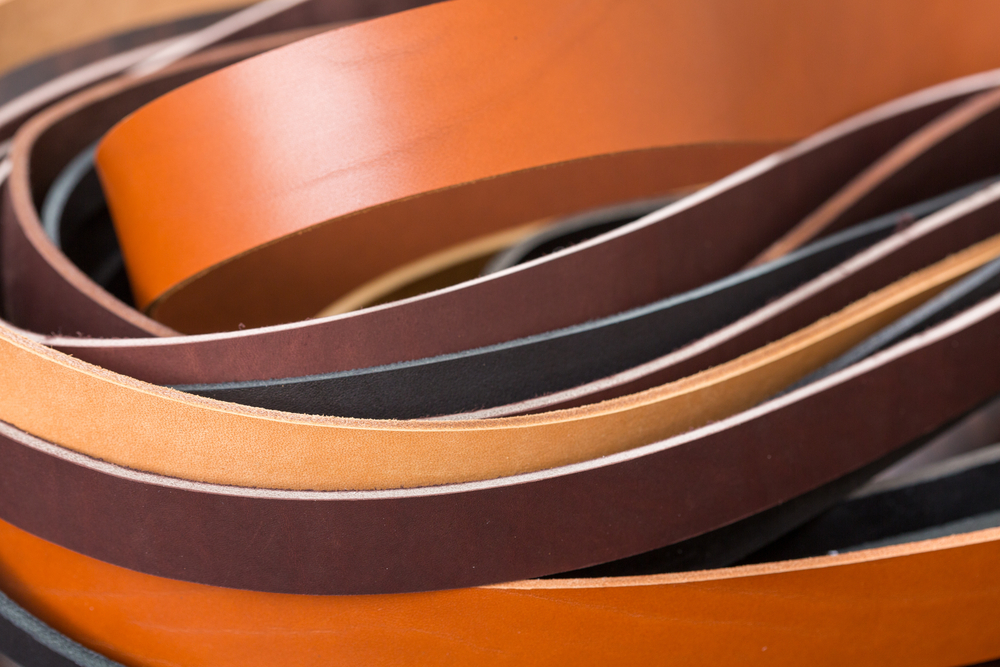In the dynamic world of fashion, where style and ethics often converge, PU leather has emerged as a captivating choice for those seeking both sophistication and sustainability. In this exploration, we peel back the layers to understand the intricacies of PU leather, its composition, and its place in the broader context of materials like PVC leather. From deciphering “What is PU Leather?” to exploring its nuances in comparison to faux leather, let’s unravel the mysteries behind this synthetic wonder.
Understanding PU Leather: What Sets It Apart?
Polyurethane leather, commonly known as PU leather, is a synthetic material designed to mimic the look and feel of genuine leather. Composed of a layer of polyurethane applied to a base layer, typically made from fabric or other materials, It offers a cruelty-free alternative without compromising on style. Unlike traditional leather, it does not involve the use of animal hides, making it a more ethical choice for conscious consumers.
The production process involves the application of polyurethane to the fabric using a variety of techniques, such as coating or lamination. This not only enhances the material’s durability but also provides water resistance, a feature often sought after in fashion and accessory items.
What Does PU Leather Mean? Delving into Composition and Production
The acronym “PU” in PU leather stands for polyurethane, a polymer that plays a central role in its composition. During the manufacturing process, polyurethane is layered onto a fabric backing, creating a material that closely resembles genuine leather. This process not only reduces the environmental impact associated with traditional leather production but also offers a more cost-effective solution without sacrificing aesthetics.
The choice of fabric as the base layer allows for versatility in texture and appearance. Manufacturers can experiment with different fabrics, creating a wide range of variations that cater to diverse tastes and preferences. This adaptability has contributed to the popularity of leather in the fashion industry, where trends are ever-evolving.
PU Leather vs Faux Leather: Navigating the Terminology
While the terms “PU leather” and “faux leather” are often used interchangeably, they do have distinctions worth noting. Faux leather is a broad category encompassing various synthetic materials designed to imitate the appearance of real leather. PU leather, on the other hand, specifically refers to a type of faux leather made with a polyurethane coating. Understanding this difference is crucial for consumers looking to make informed choices about their purchases.
Faux leather, as a general term, can also include materials like PVC leather, microfiber leather, and more. Each variant has its unique properties and production processes. PU leather, with its polyurethane composition, is known for its breathability, flexibility, and resistance to cracking over time. These qualities make it a preferred choice for a wide array of products, from clothing to upholstery.
Deciphering “What Does PU Mean in Text?” – A Linguistic Detour
The abbreviation “PU” can take on different meanings in various contexts, but in the realm of synthetic leather, it signifies polyurethane. This chemical compound is responsible for the durability, flexibility, and water resistance that it boasts. So, the next time you come across “PU” in the description of a stylish accessory, know that it represents a commitment to both fashion and ethics.
The playfulness of language often leads to interesting misconceptions. While the question “Can you eat leather?” may sound amusing, it arises due to the confusion between the term “PU” and its homophone “pew,” a term associated with unpleasant smells. It serves as a reminder of the importance of clarifying terms to dispel any misunderstandings.
Can You Eat Leather? A Playful Query on Material Misconceptions
While the idea of consuming leather might seem bizarre, the question arises due to the confusion between the term “PU” and its homophone “pew,” a term associated with unpleasant smells. Rest assured, PU leather is not meant for consumption. It’s a testament to the malleability of language and the importance of clarifying terms in the pursuit of knowledge.
Beyond the humorous connotations, this query underscores the need for clear communication, especially in industries where technical terms might be misunderstood by the general public. It serves as a reminder that as consumers, understanding the terminology surrounding materials is essential to make informed decisions and appreciate the craftsmanship behind the products we choose.
PU Fabric and PVC Leather: Navigating Similarities and Difference
In the realm of synthetic materials, PU fabric, and PVC leather often find themselves in competition. PU fabric shares the polyurethane component with PU leather, making it a versatile option for various applications, including clothing and upholstery. On the other hand, PVC leather, or polyvinyl chloride leather, relies on a different polymer and has distinct characteristics.
While both, fabric and leather are synthetic, their environmental impacts differ. Polyurethane fabric is generally considered more eco-friendly than PVC leather due to the production processes involved. PVC production releases chlorine gas, a substance with potential environmental and health risks. Understanding the disparities between these materials empowers consumers to make choices aligned with their preferences and values.
In Conclusion: A Sustainable Fashion Forward Choice
In conclusion, the unmasking reveals a material that transcends the boundaries of imitation. Its eco-friendly composition, coupled with its aesthetic appeal, positions it as a frontrunner in the quest for sustainable fashion. As we navigate the landscape of synthetic alternatives, the nuances between PU leather, faux leather, and other materials become clearer. Empowering consumers to make conscious choices that align with their values and style preferences.

